|
Hello and welcome to the Stone News by Devicare, where we discuss every 2 months the most recent and relevant studies in stone disease.
Subscribe now
|
|
|
|
|
|
Hello stone fans welcome to this new issue of Stone News.
In today’s newsletter we have three great papers to discuss from latest literature regarding stone disease. First, we will comment on a randomized controlled trial that we all have been waiting since the introduction of the thulium fiber laser. Also, we will discuss that on diet recommendations and 24h urine samples in patients with calcium oxalate stones. Finally, we will discuss an enhanced recovery protocol for patients undergoing ureteroscopy. I hope this news cycle can be useful to keep treating patients with the best standards of care.
|
|
|

|
|




|
Aviso Legal | Política de privacidada
Este mail ha sido enviado a {{ contact.email }} por Devicare Lit Control.
Si quiere darse de baja de las comunicaciones de la Stone News puede enviarnos un correo electrónico a
dop@devicare.com o pinchar aquí.
Av. Can Domènech s/n | Eureka Building UAB Research Park | 08193 Cerdanyola del Vallès,
Barcelona | España
Copyright (c) 2021 Devicare Lit-Control.
|

|
|
|
|